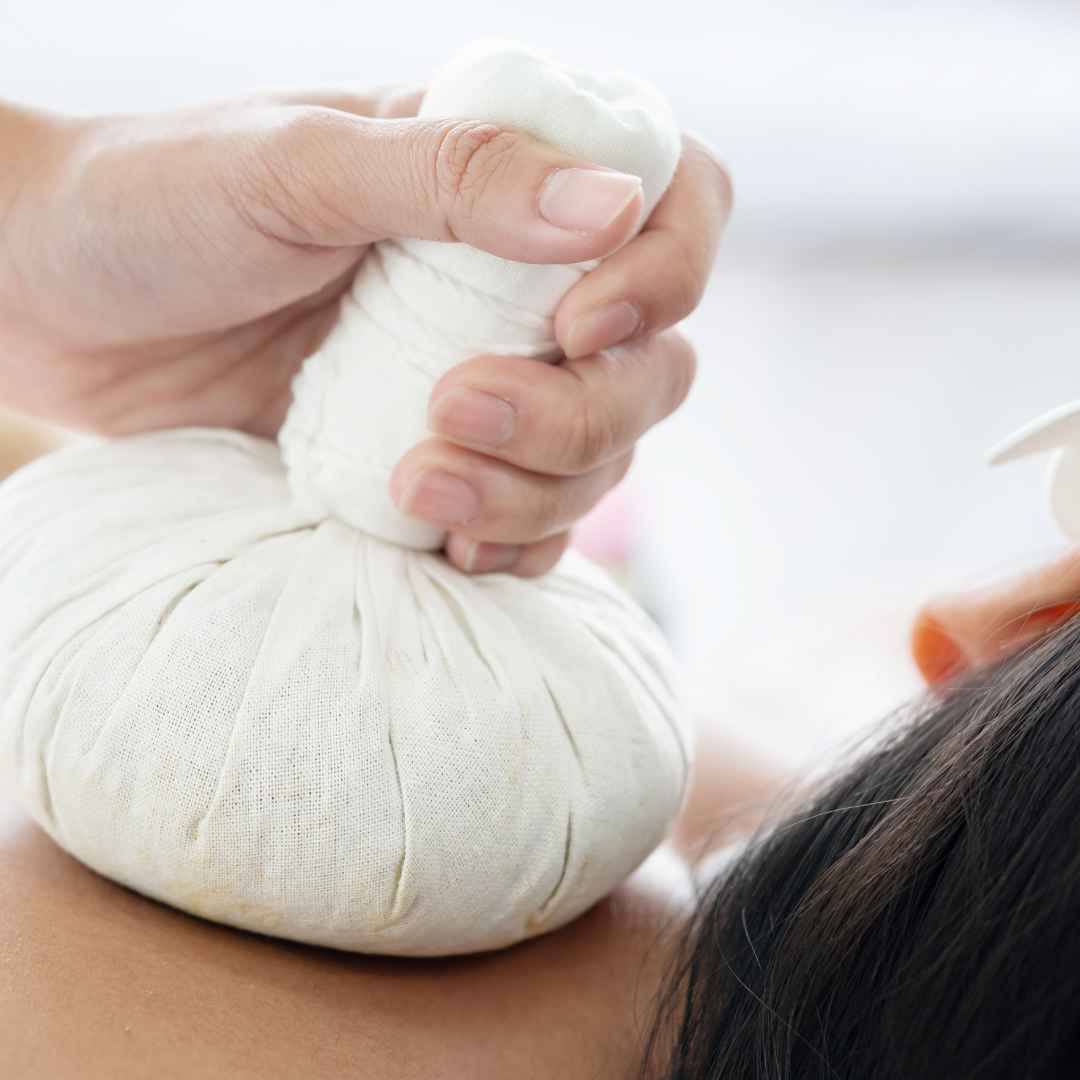Cold and heat therapy are two of the most effective recovery tools for athletes and everyday fitness. Learn when to use ice or heat, how they promote healing, and the best ways to integrate them into recovery.
Why Cold and Heat Therapy Work
After a tough workout or injury, recovery is essential for rebuilding muscles, reducing inflammation, and restoring energy. Two of the simplest—and most effective—tools for recovery are cold therapy (cryotherapy, ice baths, ice packs) and heat therapy (saunas, heating pads, hot baths).
Both methods work differently:
-
Cold therapy reduces swelling, numbs soreness, and speeds up recovery after acute strain.
-
Heat therapy relaxes muscles, increases circulation, and helps with stiffness or chronic pain.
Knowing when and how to use each one can make the difference between feeling beat up—or coming back stronger.
Benefits of Cold Therapy for Recovery
1. Reduces Inflammation
Ice baths, cold plunges, or simple ice packs help lower inflammation after heavy lifting, running, or HIIT sessions. This reduces swelling in joints and tendons.
2. Numbs Pain and Soreness
Cold dulls nerve activity, providing temporary pain relief. It’s especially effective for acute injuries like sprains or tendon irritation.
3. Boosts Mental Resilience
Cold plunges activate the nervous system, releasing adrenaline and endorphins. Many athletes report a mental boost and improved stress tolerance.
Benefits of Heat Therapy for Recovery
1. Relieves Muscle Stiffness
Heat therapy increases blood flow, loosens tight muscles, and reduces cramping—perfect for sore backs, stiff shoulders, or tight hips.
2. Improves Circulation
Heat dilates blood vessels, bringing oxygen and nutrients to tissues, speeding up the healing process for chronic aches and long-term injuries.
3. Supports Relaxation and Stress Relief
Saunas and hot baths stimulate parasympathetic nervous activity, lowering stress and improving sleep quality—two pillars of recovery.
Cold vs. Heat: Which Should You Use?
-
Cold Therapy (Ice):
-
Best immediately after workouts or injuries
-
Reduces swelling and acute pain
-
Great for tendonitis, sprains, and post-training inflammation
-
Heat Therapy (Heat):
-
Best for stiffness, tension, or lingering soreness
-
Promotes blood flow and relaxation
-
Ideal for chronic joint pain, muscle knots, or pre-workout warm-up
How to Add Cold & Heat Therapy Into Your Recovery
-
Ice Bath or Cold Plunge: 5–10 minutes after intense training
-
Hot Bath with Epsom Salt: 15–20 minutes for relaxation and recovery
-
Contrast Therapy (Hot + Cold): Alternate hot and cold showers for 10 minutes to boost circulation
-
Localized Therapy: Use an ice pack for swelling, or a heating pad for stiffness
Final Thoughts
Cold and heat therapy are simple yet powerful tools that speed up recovery, reduce soreness, and protect long-term joint and muscle health.
-
Use cold therapy to calm inflammation and pain.
-
Use heat therapy to relax, restore circulation, and relieve stiffness.
-
Combine both for a complete recovery system.
By strategically using these therapies, you’ll train harder, recover smarter, and keep your body in top condition.
7-Day Recovery Plan with Cold & Heat Therapy
Day 1 – Post-Workout Cold Therapy
-
Intense training day → Finish with ice bath or cold plunge (5–8 minutes)
-
If no plunge available → Apply ice packs to sore areas (knees, shoulders, back) for 10–15 minutes
-
Focus: Reduce inflammation and speed muscle recovery
Day 2 – Heat Therapy for Relaxation
-
Sauna session (15–20 minutes) OR hot bath with Epsom salts
-
Use light stretching while warm to ease stiffness
-
Focus: Relaxation, improved circulation, and stress reduction
Day 3 – Active Recovery + Contrast Showers
-
20–30 minutes of low-impact cardio (walking, swimming, cycling)
-
Follow with contrast therapy: alternate 1 min hot / 1 min cold shower for 8–10 rounds
-
Focus: Boost circulation and reduce lingering soreness
Day 4 – Strength Training + Cold Therapy
-
After workout → cold pack or ice bath to calm inflammation
-
Optional: Breathwork during cold immersion for added mental recovery
-
Focus: Recovery from high-intensity strength day
Day 5 – Heat Therapy for Joint Health
-
Heating pad or hot tub soak for 20 minutes
-
Pair with gentle yoga or mobility work
-
Focus: Loosen joints, improve flexibility, and reduce stiffness
Day 6 – Combination Recovery
-
Start with light cold therapy (short 3–4 min cold plunge or ice shower)
-
End the evening with 15 min sauna or hot bath
-
Focus: Balance inflammation control with muscle relaxation
Day 7 – Full Rest & Sleep Recovery
-
Prioritize 8–9 hours of sleep
-
Gentle stretching or meditation only
-
Optional: Warm bath before bed to encourage deeper sleep
-
Focus: Total body reset
Key Tips for Using Cold & Heat Therapy Effectively
Share
Read more

Shilajit Benefits for Men vs. Women: What’s the Difference?
Compare the benefits of shilajit for men vs. women. Learn how this ancient Ayurvedic supplement supports testosterone, fertility, hormones, energy, and anti-aging.

Insulin Resistance: What It Is and How to Improve It Naturally
Learn what insulin resistance is, the warning signs, and how to reverse it naturally through diet, exercise, and lifestyle changes. Improve blood sugar and support long-term health.

